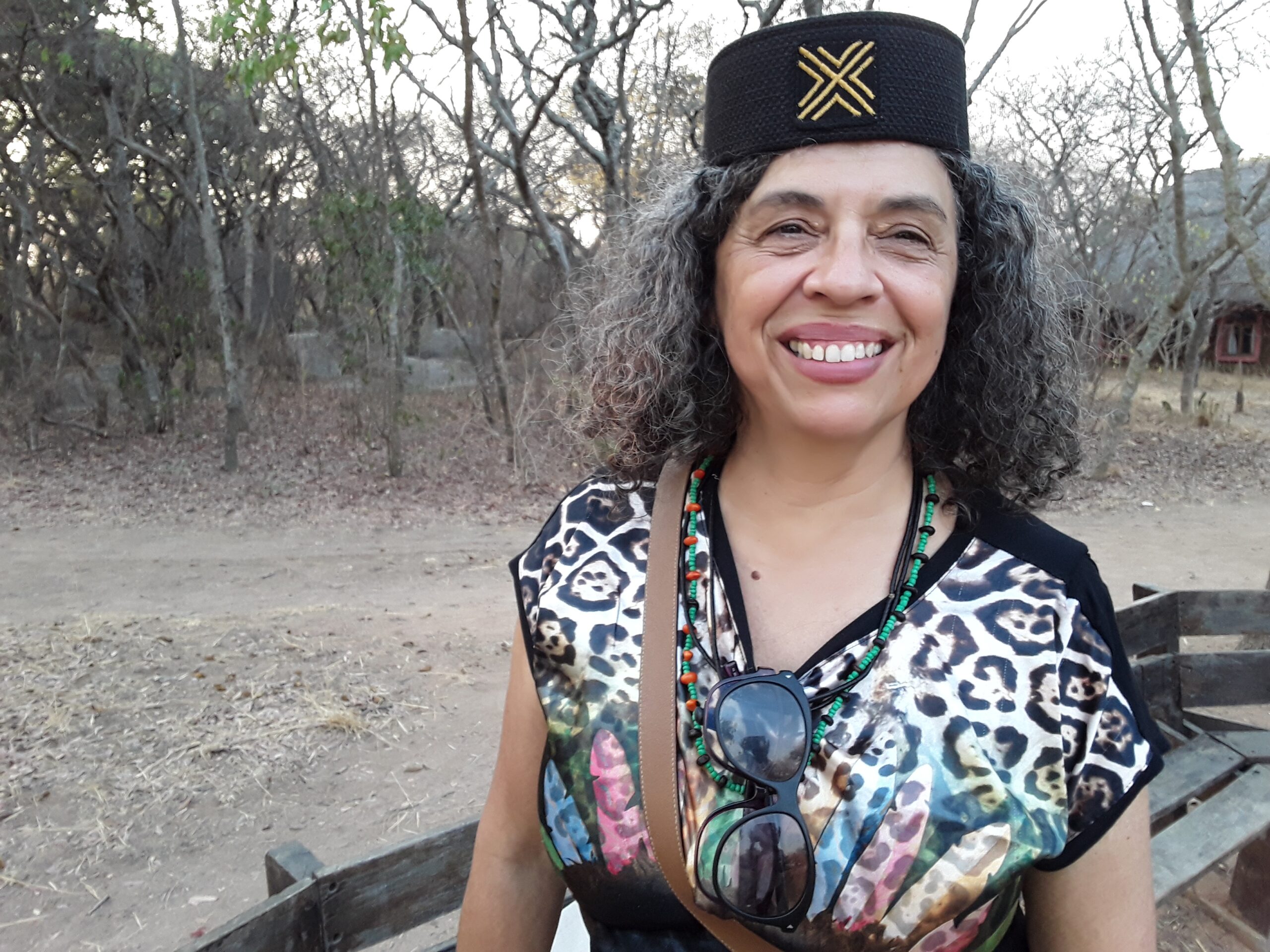By Joyce Chimbi
Nairobi, Kenya: As food insecurity and rural poverty deepen, there is a growing urgent need to scale agroecological solutions to protect the environment, preserve biodiversity, achieve food sovereignty, and accelerate rural development. However, standing in the way of these goals is a lack of financing to boost the production and distribution of agroecology organic products.
“Some of the strategies that we need is to fund grassroots organizations directly in order to improve production and distribution. We need capital and this could be in the form of money or equipment. Capital is simply any resource that aids the production process, marketing, and distribution. But before that, I think it is also important to understand how these agroecology farming systems function,” Nancy Mugimba, National Coordinator of Eastern and Southern Africa Small Scale Farmers’ Forum Uganda explains.
“For example, agroecology organic farmers are not monocultures, they are within an ecosystem. Their production might not be in high volumes as you would find in monocultures. So, there is a need to increase the volume in order to maximize the profits. The goal here is to increase demand for agroecology organic products and in turn, meet the demand through strategic marketing,” she observes.
Angela Cordeiro, an agronomist or expert in the science of soil management and crop production and a co–director at Agroecology Fund said that “we have moved into a direction where wealth is very concentrated in a few hands. People say that we have 3,000 billionaires in the world, but the world has almost 8 billion people. This concentration of money has created serious limitations in money flow and more so, towards agroecological solutions.”

Cordeiro says that to deliver effective solutions and scale them to reach more farmers and grassroots farmer networks, there is a great need to move money to where it is most needed. In this case, there is a financing gap for grassroots organizations and local communities. The gap has created problems since it is these local communities who are at the heart of the food systems, hence the ongoing and snowballing food and nutrition insecurity crises.
“I am the national president of the National Consultation Forum of Farmers’ Organizations in Cameroon, which is called CNOP-CAM. The role of CNOP-CAM is to first bring together farmers’ organizations to talk with one voice, to advocate within the government in order to ameliorate the condition of farmers’ organizations. And for that, we have to strengthen the capacity of farmers in matters of entrepreneurship. It is about building financial literacy,” says Elisabeth Atangana Afanda.
Afanda says the goal is to achieve rural financing and mobilizing local money for local farmers and communities and, improving access to credit. In terms of production, she observes, “Farmers have diversified and are working on a whole range of activities from livestock to production and value addition and commercialization of indigenous foods. The activities within our farmers’ network include beekeeping, chicken rearing, and growing traditional foods such as cassava and cereals to meet the growing demand for traditional, organic foods.”
She observes that since agriculture is a high-risk sector for financial institution, banks and microfinance, there is a need for innovative solutions that can improve access to credit for farmers. As part of the solution, she says “a grant extended to CNOP-CAM by the Agroecology Fund is helping strengthen the work that farmers are doing and this includes negotiating and presenting ourselves – as an organisation- as guarantors so that women and youth can access much-needed loans. We are already working with six different organisations.”
“But we still have difficulty negotiating for low interest rates with the microfinance institutions. The interest rate is still high, even up to 40 percent. We have negotiated the interest rate down to 24 percent and this is still very high for farmers and more so women,” she says.
Nevertheless, Cordeiro speaks about innovative solutions that emerged during the COVID-19 pandemic. While the supermarkets remained open, farmers faced challenges organising their street markets but they still found ways to move their produce and keep their family economies moving. Therefore, reiterating the need to scale such home-grown solutions to keep family farmer economies moving.
She says that such solutions worked since they were built on an already existing social fabric and that, it is these existing local networks that donors can leverage on to escalate ongoing solutions. Stressing that donors such as the Agroecology Fund who take such an approach in fundraising and granting processes are able to connect with local communities. Additionally, they are able to more effectively respond to the complex challenges that farmers’ networks and grassroots organisations face towards achieving food sovereignty.
Within this context, Mugimba speaks about the need to first invest in the product itself and in the processes that help preserve or prolong the products’ shelf life without losing its organic taste. Stressing that in Uganda, the demand for organic products is high for foods such as indigenous yams, matoke as well as indigenous seeds.
The challenge moving forward, she says, is about how to get these products at scale hence the need for rural financing and, investments in innovations such as seed banks to create a multiplication centre and that increased access to indigenous seeds- and in many varieties – will result in increased production, and that financing can help innovate around distribution and growing agroecology economies.
Mugimba nonetheless raises the issue of high requirements in the grant’s application processes and the need for donors – be they philanthropies, multilateral banks and the private sector – to redesign grant making processes so that grassroots’ farmer organisations can access the funds they require to promote local, home-grown solutions in line with their ecosystems. These investments would also help increase and or expand existing markets to include school feeding programs, the private sector, mass or territorial markets and many other untapped markets.














